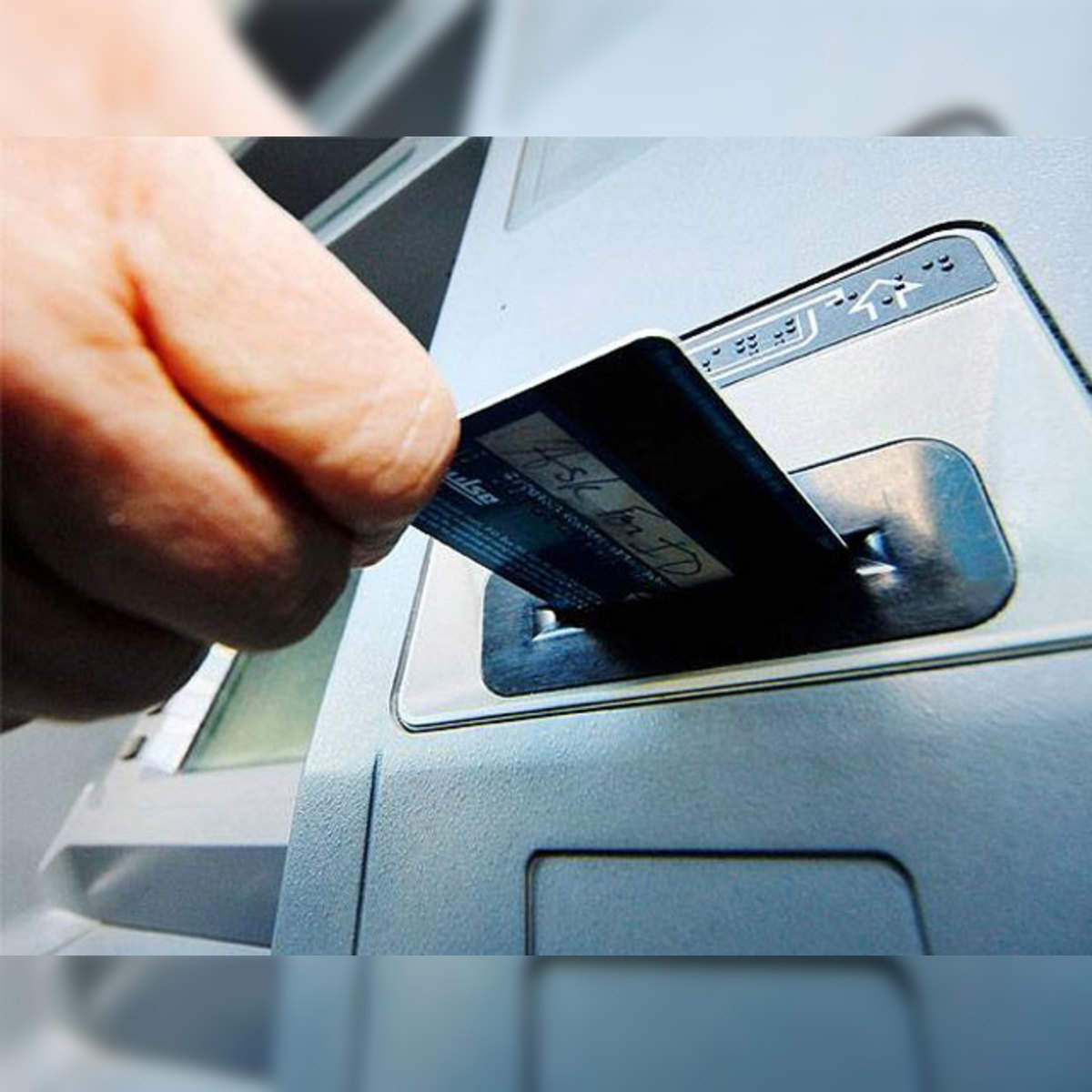The Different Service Categories in ATM

In ATM (Asynchronous Transfer Mode) networks, different service categories are defined to specify the quality of service (QoS) parameters and traffic handling characteristics for various types of traffic. These service categories ensure that ATM networks can accommodate diverse applications with different requirements for bandwidth, delay, jitter, and reliability. The main service categories in ATM are as follows:
1. Constant Bit Rate (CBR)
- Characteristics:
- Provides a fixed, constant data rate.
- Guarantees a steady stream of data, suitable for real-time applications.
- Applications:
- Voice and video conferencing.
- Real-time multimedia streaming.
- QoS Parameters:
- Guaranteed bandwidth.
- Low delay and jitter.
2. Variable Bit Rate (VBR)
- Characteristics:
- Supports both real-time and non-real-time traffic.
- Allows variable data rates, adjusting to the traffic demand.
- Applications:
- Video on demand (VOD).
- Interactive multimedia applications.
- QoS Parameters:
- Variable bandwidth.
- Tolerable delay and jitter variations.
2.1. VBR-Real-Time (VBR-RT)
- Characteristics:
- For real-time traffic with time-sensitive delivery requirements.
- Tolerates some variation in delay but needs timely delivery.
- Applications:
- Streaming live video.
- Real-time video conferencing.
- QoS Parameters:
- Tolerable delay and jitter variations.
- Prioritized delivery.
2.2. VBR-Non-Real-Time (VBR-NRT)
- Characteristics:
- For non-real-time traffic that can tolerate delay variations.
- Supports bursty traffic with variable data rates.
- Applications:
- Multimedia file transfers.
- Background data transfers.
- QoS Parameters:
- Variable bandwidth.
- Tolerable delay variations.
3. Available Bit Rate (ABR)
- Characteristics:
- Provides a minimum guaranteed data rate with the ability to use additional available bandwidth.
- Suitable for bursty traffic that doesn't require strict timing constraints.
- Applications:
- Internet access.
- File transfers.
- QoS Parameters:
- Minimum guaranteed bandwidth.
- Fair access to additional bandwidth when available.
4. Unspecified Bit Rate (UBR)
- Characteristics:
- No guarantees on bandwidth, delay, or jitter.
- Best-effort service with no explicit QoS requirements.
- Applications:
- Non-time-sensitive data transfers.
- Email.
- QoS Parameters:
- No guaranteed QoS parameters.
- Best-effort delivery.
Summary
The different service categories in ATM networks provide flexibility in meeting the diverse QoS requirements of various applications. By selecting the appropriate service category, network administrators can ensure that critical real-time traffic receives priority treatment, while non-time-sensitive traffic can utilize available bandwidth efficiently. This flexibility makes ATM suitable for supporting a wide range of applications with different performance requirements.
Thank you,
